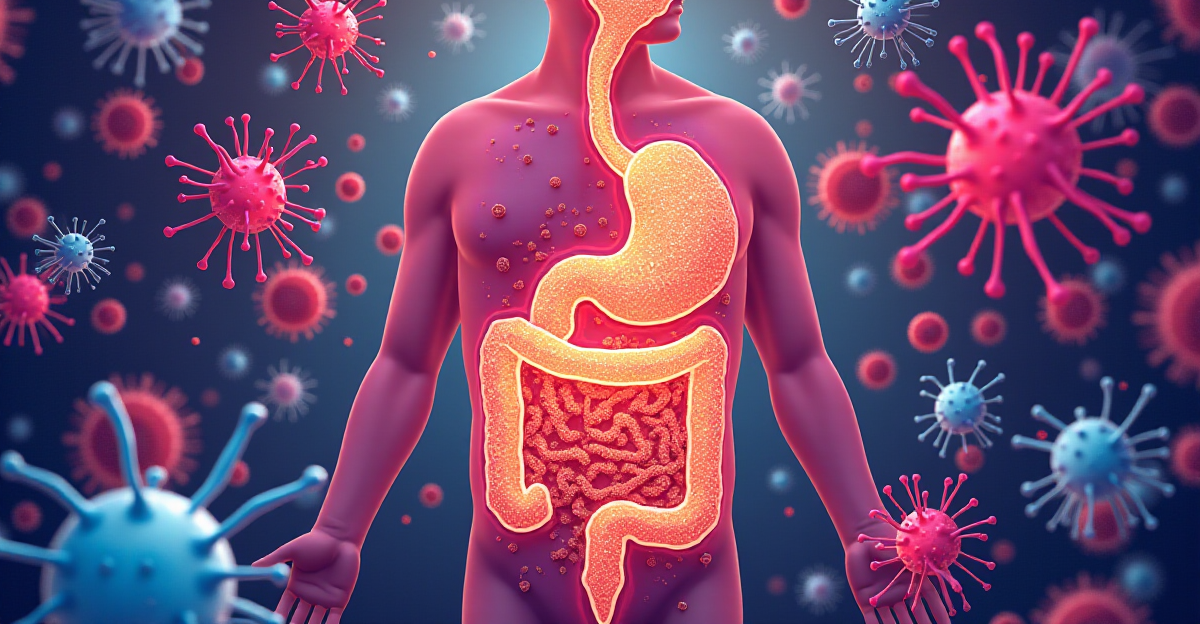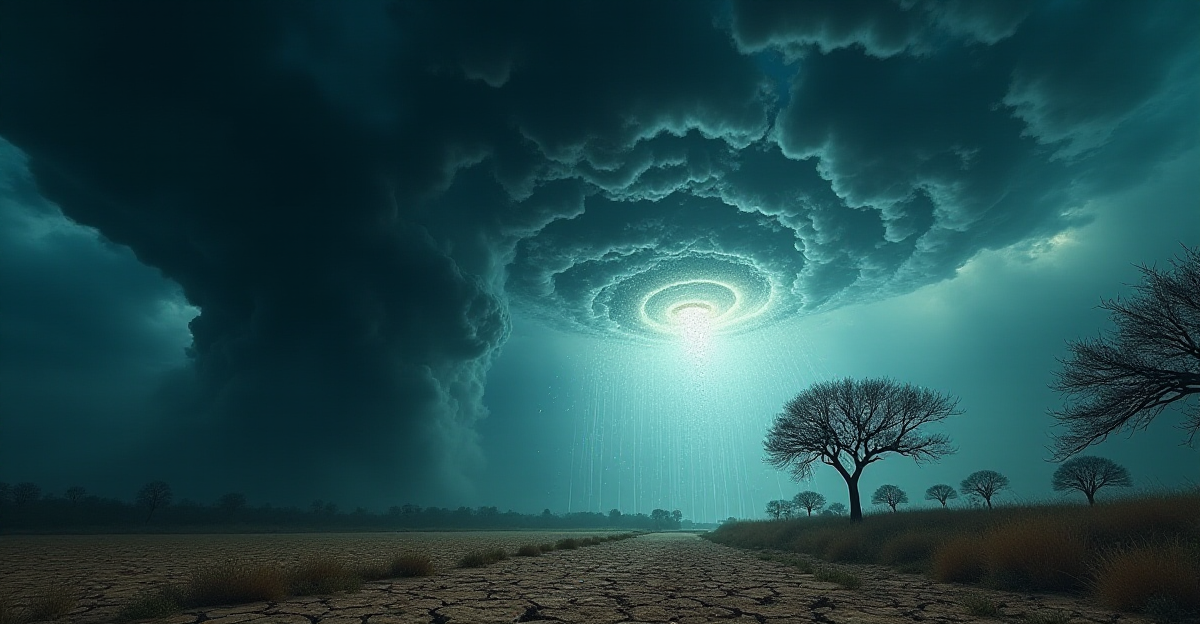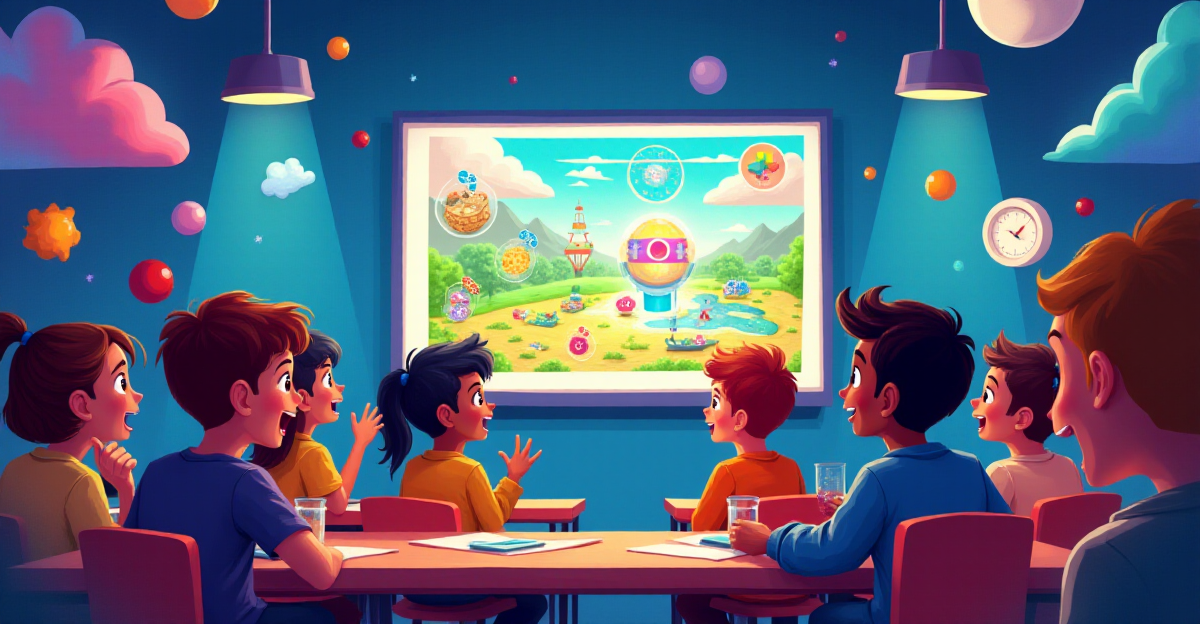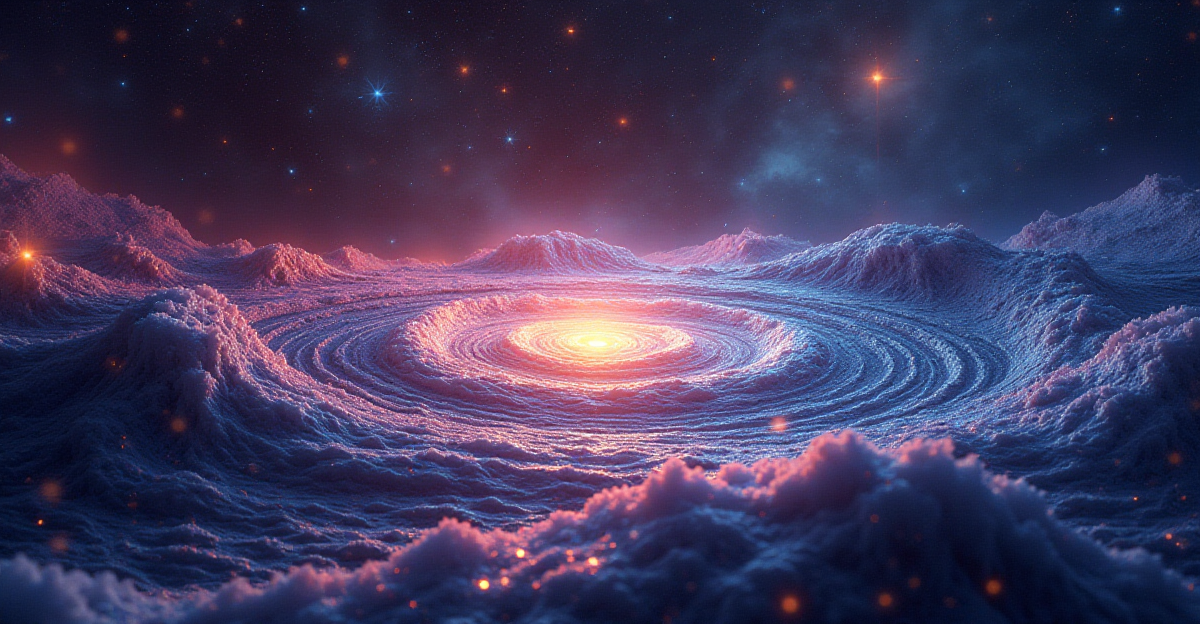Gut Microbiome Changes and Their Role in Rheumatoid Arthritis Prevention

New studies relate rheumatoid arthritis to the gut microbiota and propose microbiome changes could help forecast or prevent this condition. This paper explores how some gut-based bacteria are supposed to be involved in inflammation and autoimmune reactions. Talking about results in biology and immunology will highlight ways people could prevent problems and take action to ...
Read MoreHow Microplastics in the Atmosphere Could Change Our Weather

Recent research indicates that microplastics influence weather patterns in addition to contaminating oceans. The journey these little particles take to reach the atmosphere, interact with clouds, and affect rainfall will be discussed in this paper. Based on physics and environmental science, the paper emphasizes consequences for the temperature, ecosystems, and human health. The personal connection ...
Read MoreSpace Exploration’s Impact on Science Education: Inspiring the Next Generation

Generations of people have been motivated to work in science and technology by space exploration. This post will look at how current developments in space travel—including private space businesses and Mars missions—are inspiring fresh interest in STEM disciplines. Students’ passion with space exploration strikes me as a rare chance to involve them in scientific learning. ...
Read MoreAI and Ethical Considerations: What Science Teachers Need to Know

From data privacy to the possible biases in AI models, ethical questions are developing as artificial intelligence increasingly permeates science and education. This post will go over major ethical issues and talk about how teachers could present these subjects to their students. Talking ethics in artificial intelligence with students seems to inspire critical thought on ...
Read MoreTop Fun Science Games to Boost Student Engagement

A strong approach to include pupils and simplify difficult subjects is provided by science games. From Foldit, a protein-folding game helping actual research, to Minecraft for scientific buildings, these games inspire inquiry and hands-on learning. Applying scientific ideas in a virtual reality makes pupils light up with enthusiasm, and it’s helped make learning stay. These ...
Read MoreHow AI is Transforming Classrooms and Changing the Way We Learn

AI is transforming education, from automating administrative duties to providing personalised learning experiences for students. In my classroom, I have witnessed how real-time feedback and material modification depending on student requirements helps to increase involvement. The useful applications of artificial intelligence in education are investigated in this paper together with how teachers may utilize it ...
Read MoreRipples in Spacetime: The Discovery of Gravitational Waves

LIGO confirmed gravitational waves, vibrations in the fabric of spacetime resulting from some of the most violent events in the universe, therefore providing a fresh avenue for cosmic observation. This essay guides you through the enormous discovery of these waves, my analysis of how this knowledge felt like listening to the pulse of history. We ...
Read MoreThe Weird World of Non-Newtonian Fluids

Non-Newtonian fluids defy the traditional rules of viscosity, changing their flow behavior under stress. From the fun of running across a pool filled with cornstarch and water to the science behind how these fluids can become solid under impact, this article dives into their quirky properties. A hands-on experiment at a science fair where I ...
Read MoreWave-Particle Duality: The Dual Nature of Light and Matter

At the core of quantum physics, wave-particle duality shows light and matter as displaying both wave-like and particle-like characteristics. This page walks you through historical tests like the double-slit experiment, which powerfully demonstrate this idea. This idea became concrete for me via personal investigations with light using prisms and diffraction gratings at home. We will ...
Read MorePlasma: The Fourth State of Matter and Its Cosmic Significance

Found in stars, lightning, and even fluorescent lights, plasma—often known as the fourth state of matter—is the most ubiquitous condition in the universe. From fusion research to plasma TVs, this page investigates the characteristics of plasma, its production techniques, and uses. My interest about this vivid state of matter was piqued during a display with ...
Read More









